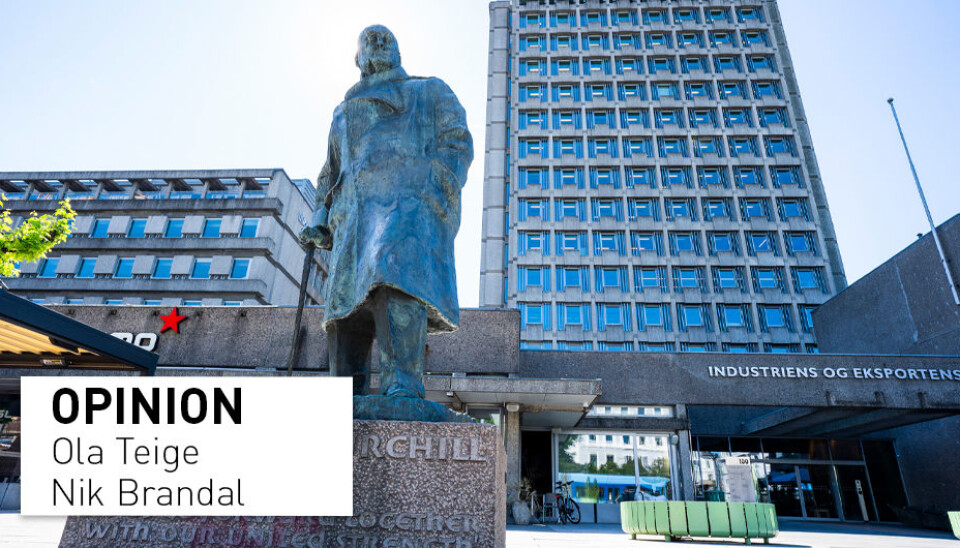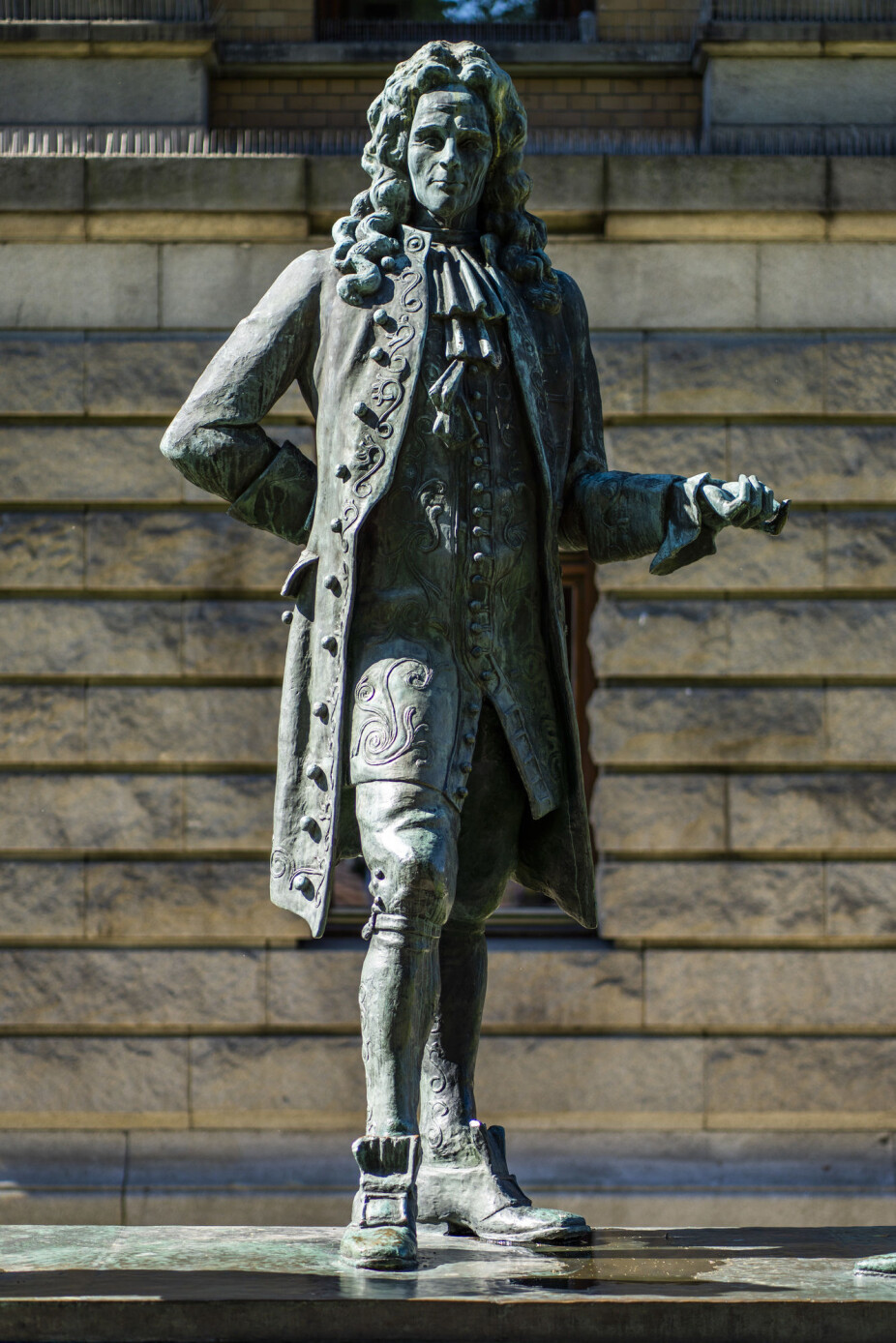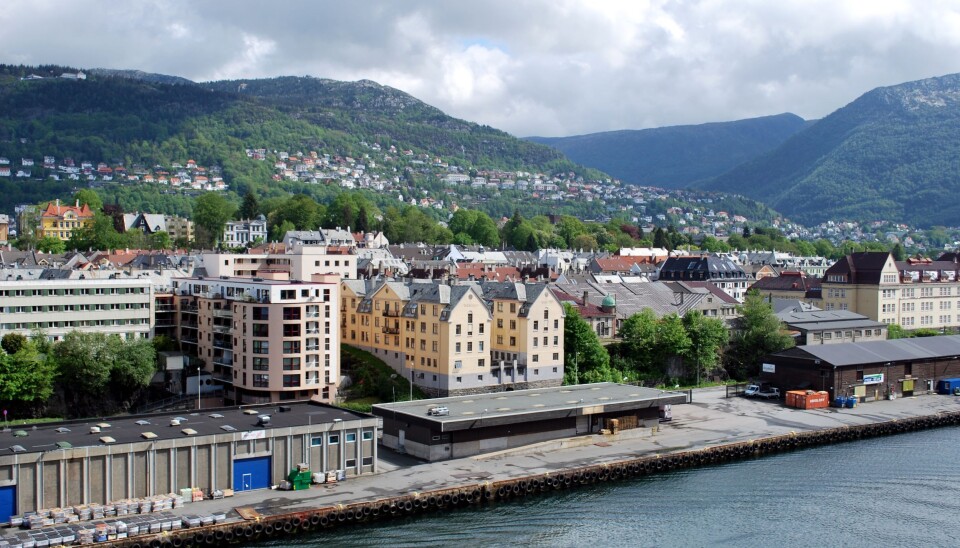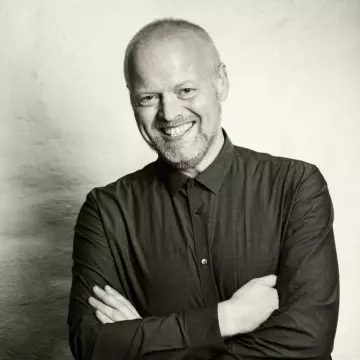Opinion:

Should Norwegians tear down their Churchill-statue?
OPINION: Campaigns to remove statues from our common spaces is history making, not a rejection of history, as many have recently claimed. Statues are representations of who we want to be, not what the past was. This issue is being debated contentiously and with insufficient historical awareness around the world, including in Norway.
This opinion was first published on VG.no.
Statues are commonly misinterpreted as tangible links to the past. This overlooks the fact that hardly any were erected while the person depicted was alive. Beyond their mass in metal and stone, and significance as cultural history indicators, they carry little in the way of substance for the professional historian. Statues signal whom or what we choose to honour in public spaces.
The portions of the past we convey to our present as monuments and places of commemoration is not random, nor do they present the past as it actually was. Their function is to build a common identity.
Individuals in a society need links with one another; we like our lives to have a context, and one of the multiple ways to achieve this is to establish places of commemoration in the form of statues, museums, memorials and stories. It enables us to take snippets of a long and complex past and make them part of our present.
This is a process which potentially reaps great value for society. Ongoing debates discussing the place such memorial sites should have in public spaces are as natural as they are essential.

A young man is seen holding a bicycle in a renowned news photo of civilians along the pavement watching the invading German troops march down Oslo’s main boulevard on 9 April 1940. For decades the young man in the newspaper photo has been identified as the soon-to-be famous underground resistance leader and WWII hero, Gunnar Sønsteby. Although this is unlikely him in the photo, it does not keep the bronze sculpture of a young Sønsteby straddling a bike, erected in 2007, from having value for present-day Norway. But that value is as builder of national identity – the people we want to be in the 2000s – not as a factual conveyance of a complex past.
Most of the memorials, plaques, books and museums focusing on WWII have come about in the past few decades. In the first decades after 1945 Norwegian society was more eager to look forward than to look back.
So, to understand the function of these memorial sites we need a focus on our own era: What sort of social, political and cultural needs are they meant to fulfil? How do they contribute to modelling our identity?
The crucial issue regarding whether memorial sites should be retained or discarded is therefore not about the past, but whether they play a useful role in shaping identity. Do they represent a narrative that contributes in a positive, meaningful way to our community?
It follows that we need to discuss and reflect over perceptions as we evolve and alter our assessments of the past, of phenomena such as the transatlantic or Arab slave trade, or the impact of individuals in history. Does it or do they still represent something we wish to highlight in this way?
Few in Norway regret the destruction of busts of Hitler and Quisling after the war. The same goes for the removal of Marx and Lenin statues in Eastern Europe after the Berlin Wall fell in 1989. These were natural reactions to recent history.
Something similar can be said for the recent toppling of the statue erected in 1895 honouring the slave trader Edward Colston (died 1721). Colston had bought and sold nearly 100,000 Africans, but had also bestowed large gifts on his hometown. Since the 1990s, local activists and British historians had pointed out that this man was unworthy of his literal position on a pedestal. They felt that if the statue were to stand anywhere, it should be in a slavery museum. Local authorities turned a deaf ear, and in 2020 the dam burst. This is understandable. What happened in Bristol was history in practice.
Recent occurrences in Great Britain and the USA contradict the argument that banishing unpleasant statues or symbols is an attempt to shroud or bury the past. On the contrary, the public conversation about interpretation of past misdeeds and injustices has been rejuvenated. Curiosity and attention to history is alive and kicking.
This is not an argument for granting anyone who feels offended in some way the right to yank down statues, but society needs such discussions to evolve. The result will certainly be that some statues will be removed after local residents, authorities and historians confer and re-evaluate the person on the pedestal.
Frameworks should be put in place to ensure such discussions are healthy exchanges of opinion and not yelling contests or culture skirmishes. Historical persons need to be understood in their own context, both those depicted and those who commissioned the erection of such monuments.
The social utility of statues of Winston Churchill (who had racist and imperialist baggage) and the Danish-Norwegian Enlightenment playwright Ludvig Holberg (who may have had a small financial holding in the slave trade) in our public spaces should thus go beyond whether they were men of their eras whose lives also involved activities we now abhor. We must of course incorporate Churchill’s contributions to the Allied cause during WWII and whether these memorials can contribute in a positive way to our identity.
It would be hard to make a comparable assessment of a slave trader like Colston, despite his charitable work locally. Likewise, little enthusiasm was mustered a few years ago for naming a street or erecting a statue in Oslo for Norway’s author Knut Hamsun, whose books are highly appreciated but who ignominiously supported the Nazis and Hitler during the German occupation, even to the degree of giving away his Nobel Literature medal as a present to Goebbels.
If there were a statue of the merchant Jørgen Thormøhlen in Bergen it would also be natural to bring it down. He was a wealthy businessman and city developer in Bergen in the late 1600s. But that is overshadowed by his ownership and operation of a slave ship working the transatlantic trade based on humans with dark skin as chattel. Fortunately, no such statue is found in this scenic city.
Thormøhlen did, however, rename a section of town then known as Vestre Sydnes. He dubbed it Møhlenpris as a monument in praise to himself. There is no longer any argument for honouring him as such. But neither is there much point in letting his activities 400 years ago trigger a name change. Generations in this district of Bergen have built up a community identity there with completely different connotations.

Arguments on both sides of the statue disputes are marred by a lack of historical consciousness. The key question is whether the memorials are useful contributions to local, regional, and national identity, and supplementally, whether anything of greater value could be attained by removing them or changing place names.
This is an important debate as we need to constantly update our narrative regarding ourselves to adapt them to our present day.
Statues are not history; they are identity. That identity is created by drawing on the segments of the past that we deem relevant, while with at least a minimum of historical awareness we acknowledge how our assessments are in constant flux.
History is reshaped by continual discussions, books, lectures, exchanges over a cup of coffee and other narratives. We have to constantly reassess what we know about the past. We can agree on some things, but not all – yet we concur that history is not etched in stone, nor is it a petrified, lifeless thing. On the contrary, history is a living entity which should and must be rewritten time and again.
———
Share your science or have an opinion in the Researchers' zone
The ScienceNorway Researchers' zone consists of opinions, blogs and popular science pieces written by researchers and scientists from or based in Norway. Want to contribute? Send us an email!








